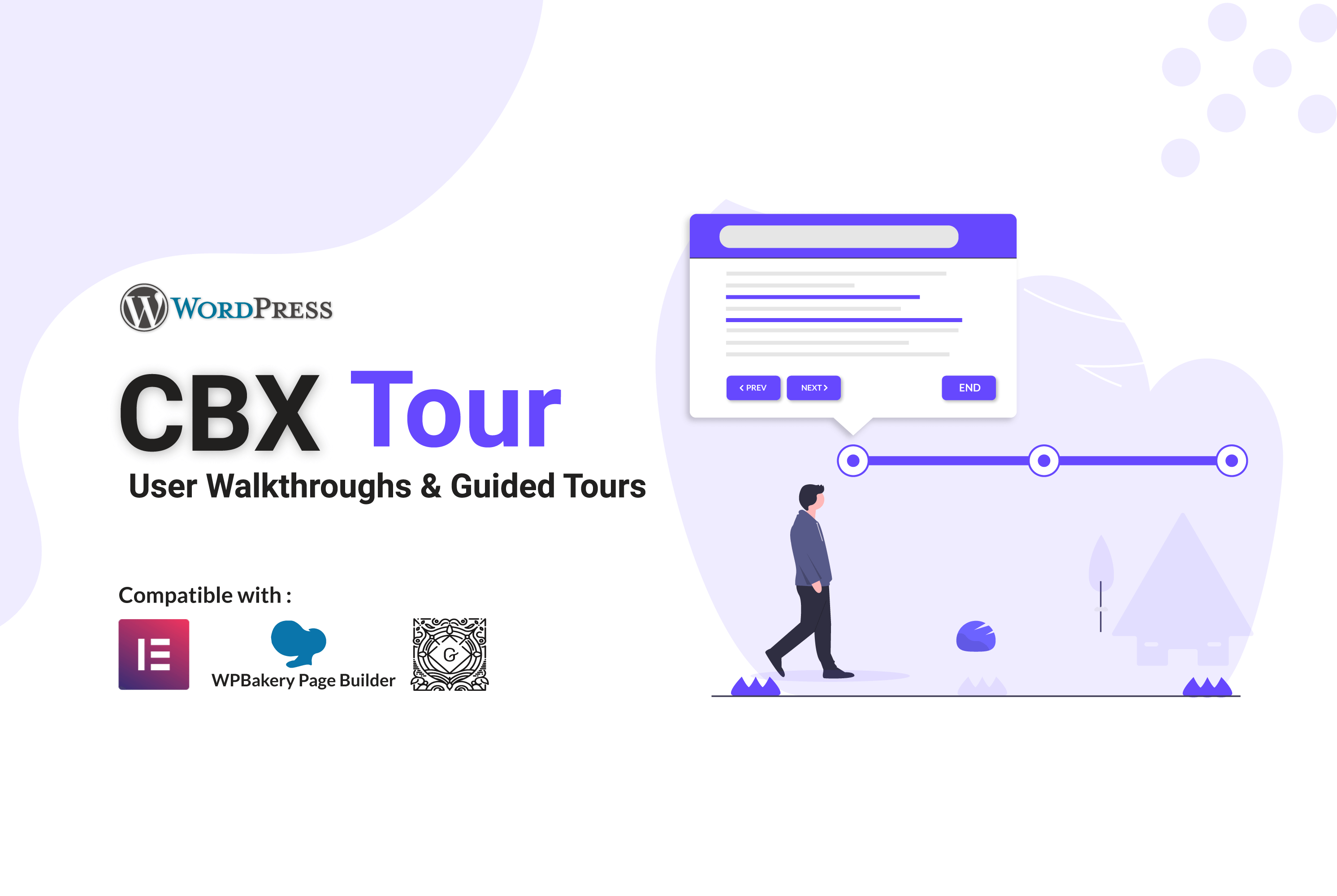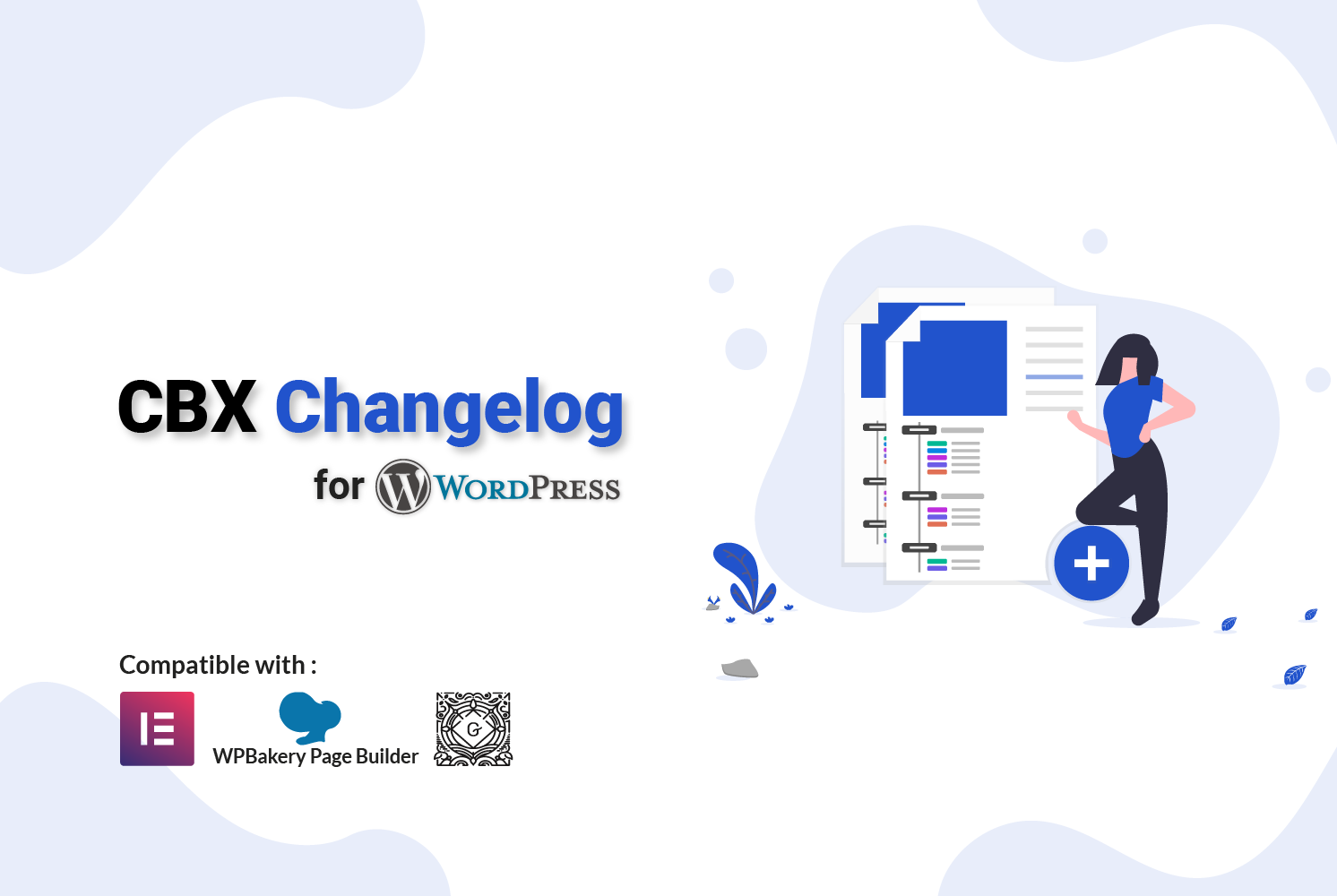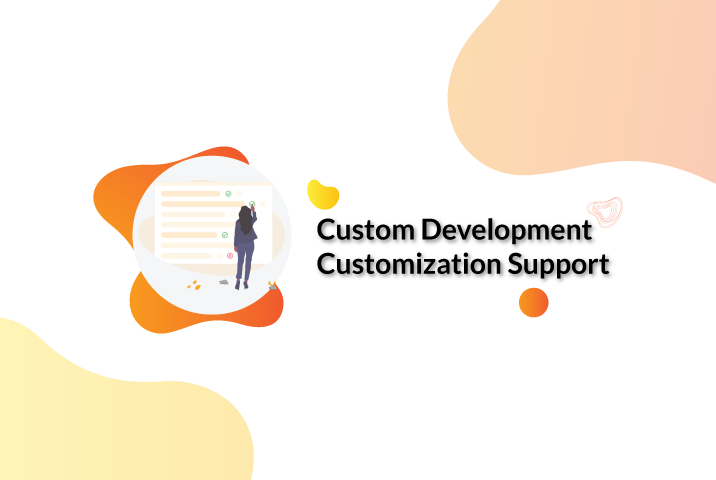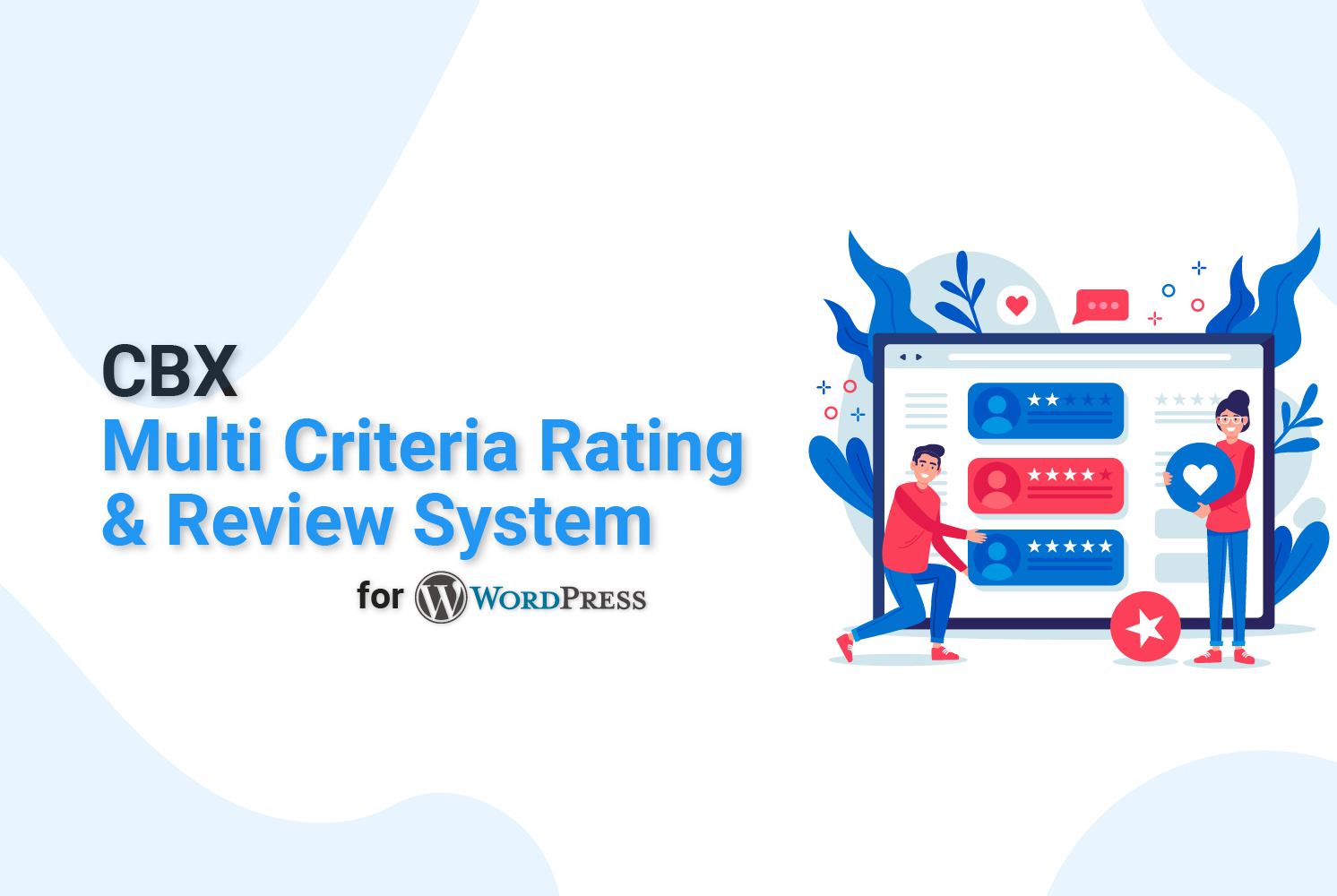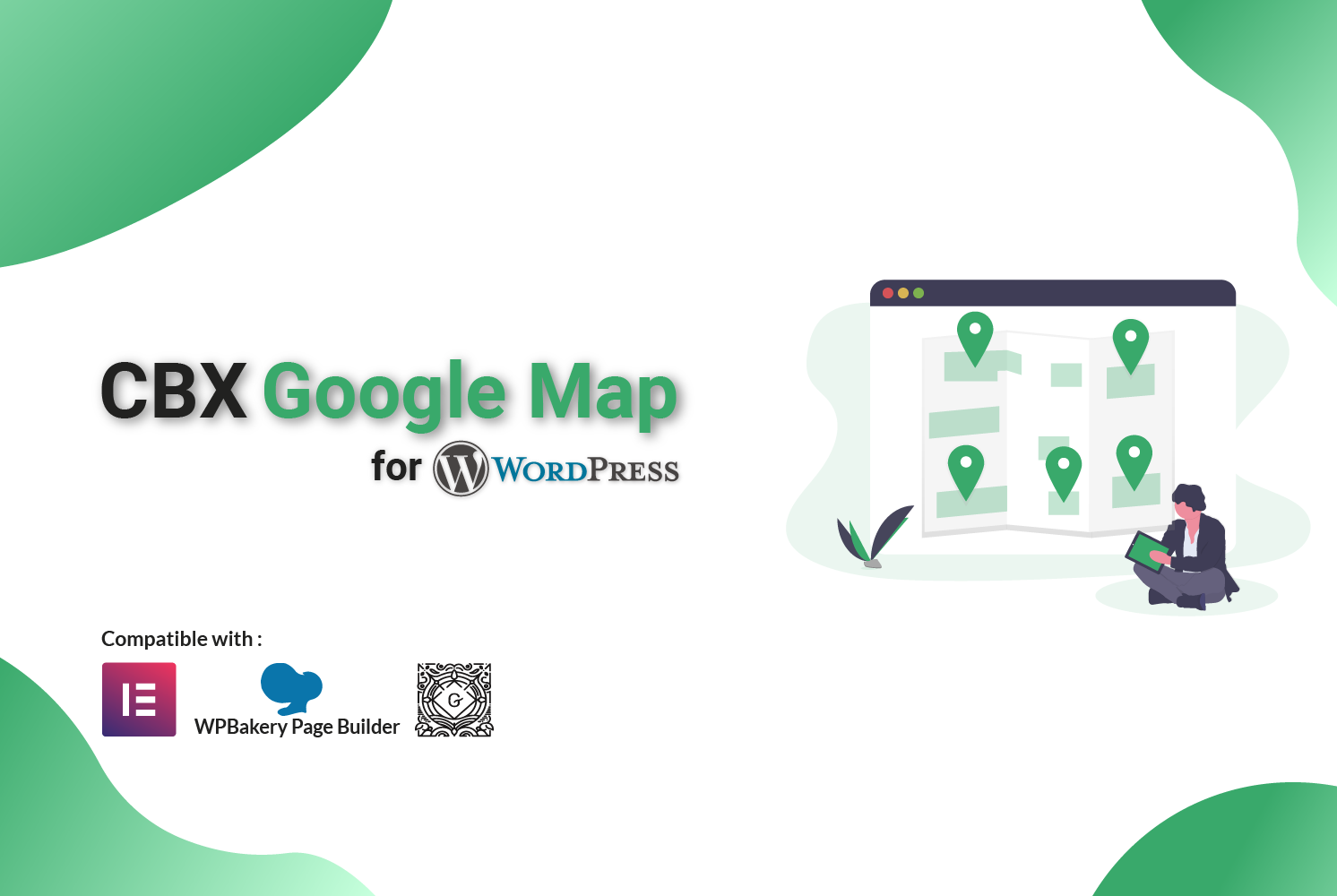Boost Your Online Visibility with SEO, AEO, and GEO!
In the rapidly evolving digital landscape of 2025, simply having an online presence is no longer sufficient. To truly stand out and reach your target audience, you need a comprehensive strategy that encompasses multiple optimization approaches. The trio of SEO, AEO, and GEO represents the new frontier of digital visibility, each serving a distinct yet complementary role in helping your content get discovered. This blog post explores these three essential optimization strategies and provides actionable insights on implementing them to maximize your online visibility.
Understanding the Digital Visibility Trio
The ways people find information online have dramatically evolved beyond the traditional search box. While search engines remain important, AI-powered tools are increasingly becoming the gateway to information. This shift has created new challenges and opportunities for businesses and content creators seeking visibility in the digital realm.
SEO: The Foundation of Digital Visibility
Search Engine Optimization (SEO) refers to the practice of optimizing your website to improve its visibility in search engine results pages (SERPs). Despite the emergence of new technologies, SEO remains the cornerstone of any digital visibility strategy. It involves understanding search engine algorithms, optimizing various on-page and off-page elements, and providing valuable content to users.
The fundamentals of SEO include:
- Keyword Research: Identifying and targeting relevant search terms that your audience uses is essential. This process helps you understand what your potential visitors are looking for and how to align your content with their needs. Effective keyword research involves analyzing search volume, competition, and relevance to your business or content goals.
- On-Page Optimization: This includes optimizing elements within your website such as meta tags, headings, content, URLs, and internal linking structure. Google recommends using descriptive URLs, organizing your site logically, and reducing duplicate content to improve your search visibility.
- Quality Content Creation: Creating comprehensive, valuable content that addresses user intent is crucial for SEO success. Search engines increasingly prioritize content that thoroughly answers users’ questions and provides genuine value.
- Technical SEO: Ensuring your website is technically sound – with fast loading times, mobile responsiveness, secure connections, and proper indexing – is fundamental to ranking well in search results.
AEO: Optimizing for Direct Answers
Answer Engine Optimization (AEO) is the practice of optimizing content to provide direct zero-click answers to user queries. This approach focuses on platforms like AI-powered chatbots (ChatGPT, Google’s Gemini), AI-generated search engine summaries (Google AI Overview), and voice search assistants (Alexa, Siri).
As modern search behavior shifts toward expecting direct answers rather than links to explore, AEO has emerged as a critical strategy. It can be considered a specialized evolution of SEO, focusing specifically on:
- Conversational Content: Creating content that directly answers common questions in a conversational, natural language format that voice assistants and AI tools can easily interpret and present to users.
- Featured Snippet Optimization: Structuring content in ways that make it ideal for being selected as a featured snippet or direct answer in search results.
- Voice Search Readiness: Optimizing for the specific patterns and needs of voice-based queries, which tend to be longer and more conversational than typed searches.
AEO is essentially about being the immediate solution to a spoken question, like having a knowledgeable person answering questions over the phone or through a smart speaker.
GEO: Preparing for AI-Generated Responses
Generative Engine Optimization (GEO) is the newest frontier in digital visibility. It focuses on optimizing content for generative AI models like ChatGPT, Google’s Bard, or Bing’s AI. Unlike traditional SEO, GEO targets how content is discovered, synthesized, and presented by AI-driven engines.
Key aspects of GEO include:
- Content Depth and Breadth: Developing comprehensive content that covers a wide range of subtopics increases the chances of being included in AI-generated responses.
- Natural Language Optimization: Using conversational language and anticipating user queries helps align your content with how generative models formulate answers.
- Structured Data and Metadata: Employing schema markup helps AI engines understand the context, relationships, and relevance of your content.
- Authority and Credibility: Establishing your content as authoritative and credible increases the likelihood that AI tools will reference it in their generated responses.
Using the bakery analogy, GEO is like having a well-organized and trustworthy recipe book that AI assistants can easily understand and recommend. When someone asks an AI for recommendations, your GEO strategy ensures your business details and offerings are structured in a way that the AI can confidently include in its response.
Implementing a Comprehensive Optimization Strategy
Integrating SEO, AEO, and GEO
The most effective digital visibility strategy integrates elements of all three approaches:
- Content Strategy Alignment: Develop content that works across all three paradigms – ranked in search results, featured in direct answers, and referenced by AI tools. This means creating comprehensive, well-structured content that addresses user intent in a conversational, authoritative manner.
- User Intent Mapping: Understand and map out user intents and questions to create content that directly answers them in a concise, engaging, and accurate manner. This serves both traditional SEO and the newer AEO and GEO approaches.
- Multi-format Content: Create content in various formats to capture visibility across different platforms and user preferences. This includes traditional web pages, FAQs, video content, and structured data.
Optimization Tactics for Each Approach
For SEO:
- Conduct thorough keyword research and implement findings strategically throughout your content
- Optimize technical aspects of your website including page speed, mobile-friendliness, and secure connections
- Create comprehensive, valuable content that thoroughly addresses user queries
- Build quality backlinks from reputable sources
For AEO:
- Structure content to directly answer specific questions
- Use conversational language that mirrors how people speak
- Implement FAQ schema markup
- Optimize for featured snippets by providing clear, concise answers to common questions
For GEO:
- Develop in-depth content with broad topical coverage
- Use structured data to help AI understand content relationships and context
- Regularly update and optimize content to ensure it remains relevant and accurate
- Establish authority through comprehensive coverage, expert insights, and trustworthy sources
The Future of Digital Visibility
As AI continues to reshape how users find and engage with information, the boundaries between SEO, AEO, and GEO will likely become increasingly blurred. However, the fundamental principle remains the same: creating valuable, well-structured content that serves user needs will always be rewarded with visibility.
The organizations that will thrive in this new landscape are those that understand the unique requirements of each visibility channel while maintaining a coherent, user-focused content strategy across all three. By focusing on contextual relevance, leveraging structured data, optimizing for natural language, and maintaining high levels of authority and credibility, businesses can align their content strategies with the future of digital discovery.
Conclusion
The digital visibility landscape has evolved far beyond traditional search engine optimization. While SEO remains foundational, the emergence of AEO and GEO represents new frontiers that businesses and content creators must navigate to maintain and expand their online presence.
By understanding and implementing strategies for all three optimization approaches, you can ensure your content remains visible regardless of how users seek information – whether through traditional search results, direct answers from voice assistants, or AI-generated responses. The key to success lies in creating valuable, well-structured content that serves user needs while being optimized for discovery across all digital channels.
As we move deeper into the AI-driven information age, staying ahead of these evolving optimization strategies will be crucial for anyone looking to boost and maintain their online visibility.



